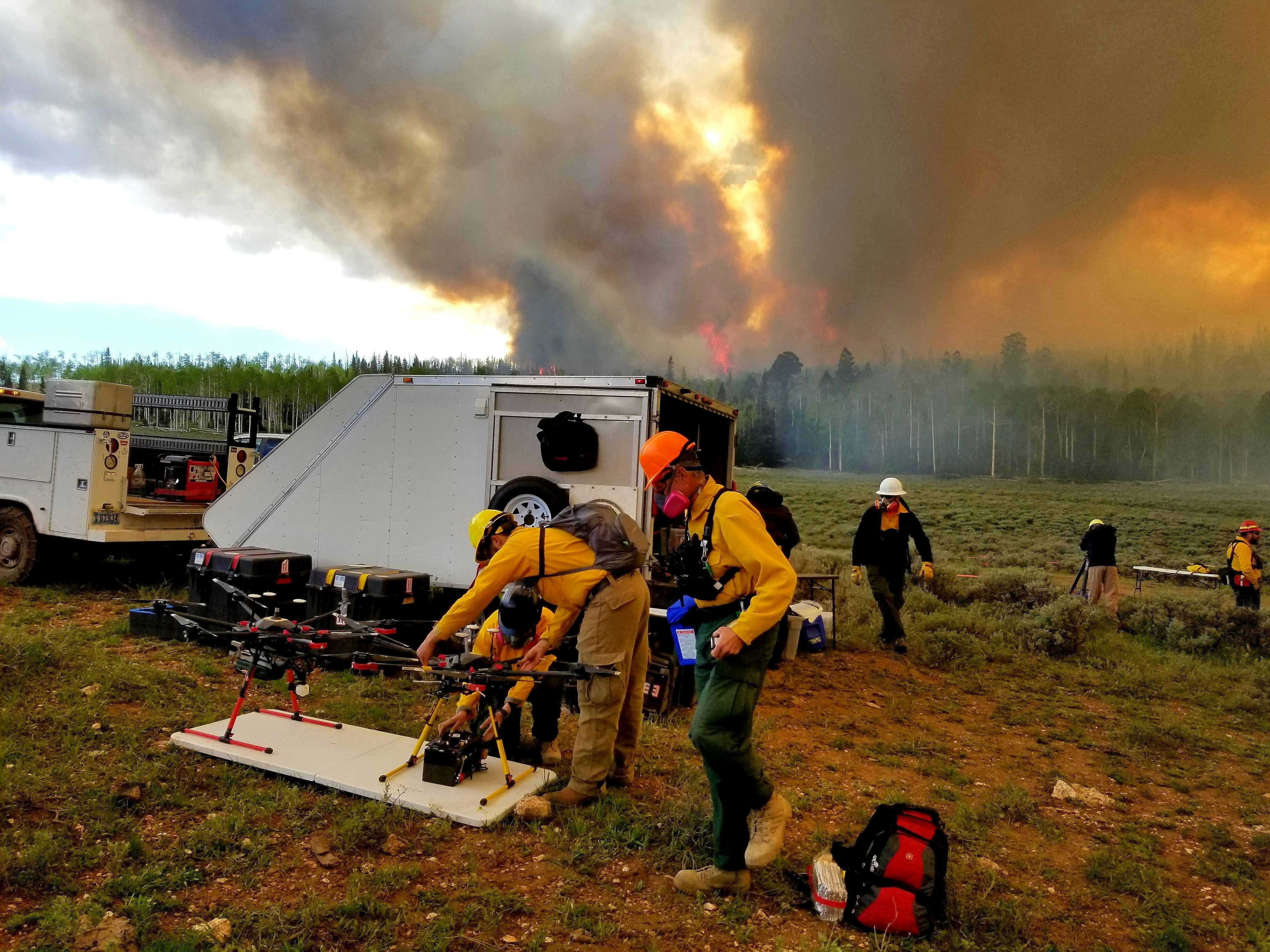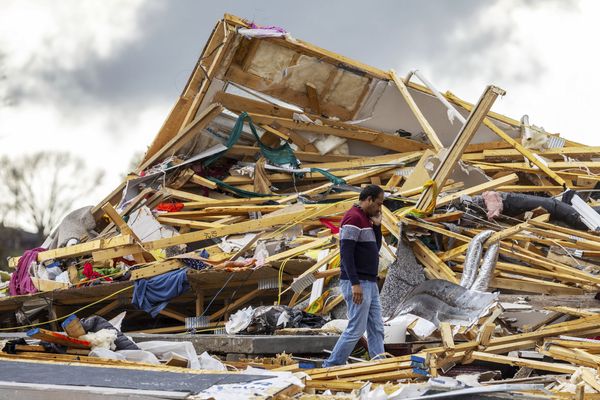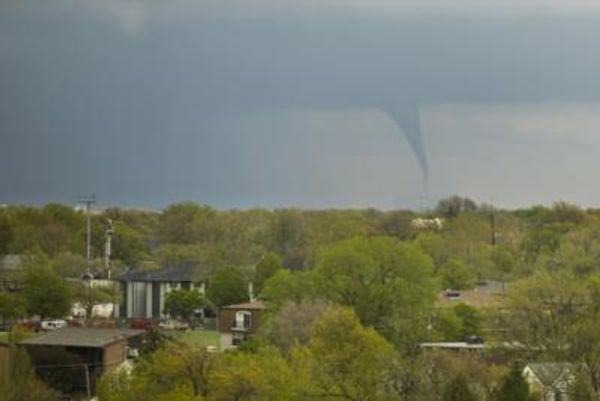
This year, fires raged across the world, reminding us of the sheer devastation climate change can wreak. Fires in California razed a stunning 4 million acres of land, Colorado suffered the three largest recorded fires in state history, and more than 4,000 homes in Oregon burned down. Poor forest maintenance, bad utility infrastructure, increased drought, and man-made climate change mean there is an ever-expanding tinderbox, ready to go up at any time.
But as a paper published Thursday in the journal Science notes, the dangers of fires does not stop with the fires themselves. After all, there is no smoke without fire. And where there’s smoke, there are potentially deadly infectious agents lurking in the fumes, presenting a massive and wholly underestimated health risk.
What's new — We know smoke is dangerous. As the EPA notes, microscopic particles in smoke can penetrate a person’s lungs, causing damage and disease. But there is another threat to people's health in the smoke.
Leda Kobziar is a co-author of the paper and associate professor at the University of Idaho. She tells Inverse the paper is designed to highlight the risks of bioaerosols. These tiny droplets are composed of fungal and bacterial cells, and there is clear evidence they affect human health. The reason why you have never heard of them is simple, Kozbiar says — their existence is relatively new to science.
"It all stems from the basic fact that we have only known for a couple of years that there is a lot of living material in smoke."
Bioaerosols may be laden with microbes, fungus spores, and even viral particles — all of which, if inhaled, could enable the spread of disease, Kobziar says.
There is a chance these bioaerosols and the particulate matter we already know to be a danger might even be working in conjunction together to harm human health, Kobziar points out. The paper cites a study from October 2020, which found “various bacteria could be cultured” from smoke, and that air-smoke mixtures had “fivefold higher concentrations” of microbial cells than air on its own.
As she and her co-author, George Thompson of the University of California, Davis, write in the paper: microbial cells “have been found to associate positively with particulate matter.”
Why it matters — When wildfires burn, they significantly alter the landscape, from changing the light reaching the underbrush to causing severe moisture evaporation.
“All of those things can affect microbial cycling and microbial reproductive processes,” Kobziar says. After a fire, a bioaerosol laden, air-smoke mixture could spur the spread of fungi. Those spores can “potentially be aerosolized and make it to places where people are breathing in the air," she explains. They could also cause environmental damage if invasive fungi from one plant make it into larger areas.
It’s unclear if this process is actually dangerous to humans, Kozbiar writes. But there is enough evidence to suggest inhaling such a potent mix from wildfire smoke may be damaging to human health. The paper calls on other scientists “to address that very question.”
What's next — The idea that smoke could carry microbial life “hasn’t been linked yet to what it could potentially explain in terms of infectious disease patterns and infectious disease spread,” Kozbiar says.
Part of the problem scientists must now face is that smoke, by its very nature, travels far from the fire it originates from. Smoke plumes can indicate a fire is happening somewhere, but smoke from fires in 2020 in California and Oregon was found to have gone as far as Rochester, New York, having traveled through Missouri, Illinois, and Kentucky. If these plumes carried microbes along for the ride, it is possible the effect would be seen across the country — but tracing long-term effects back may be difficult now that the fires are out.
To fully understand how big a danger smoke poses to our health, scientists need to “characterize what's in the smoke,” Kozbiar says. Wildfires aren’t going away in 2021 — in fact, they might get worse. Understanding the full scope of their threat will be critical to adapting to a world in which wildfires are increasingly common occurrences.







